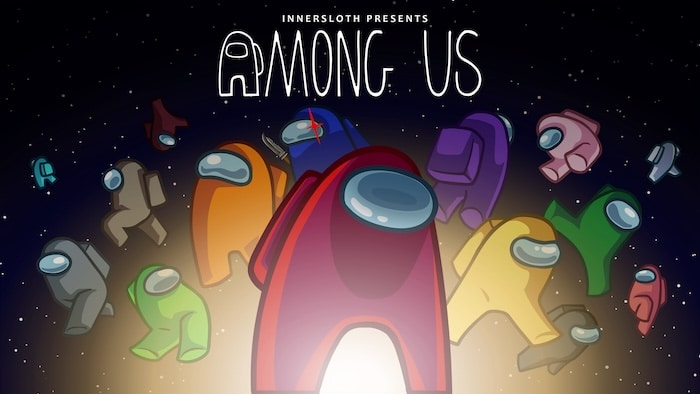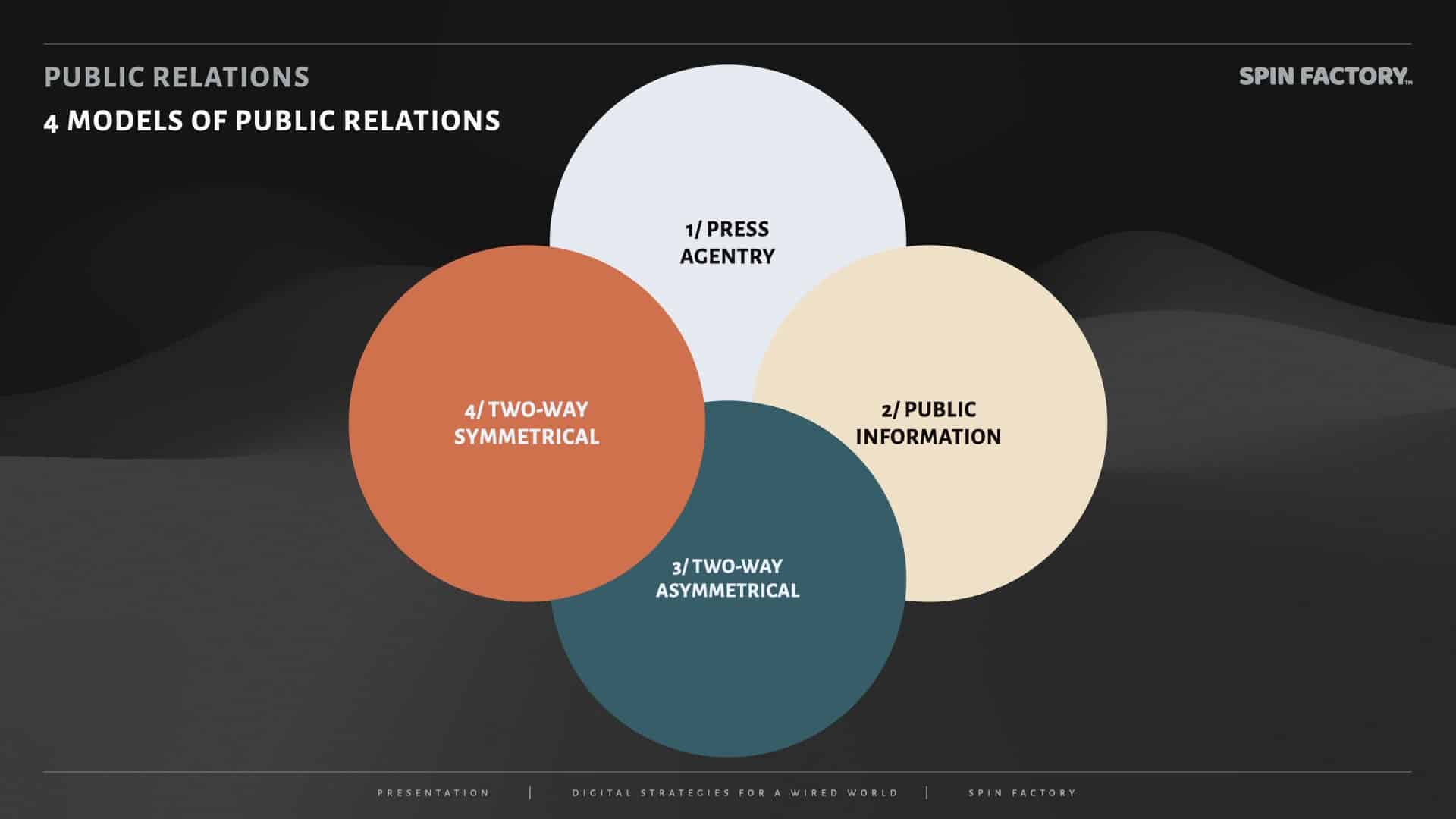Numerous popular games rely on information asymmetry.
What is the connection between the games Werewolf, Mafia, The City of Palermo, Among Us, Secret Hitler, The Resistance, Spyfall, and The Town of Salem, and the psychological dynamics of informed minorities and uniformed majorities?
And what does information asymmetry mean for public relations?
Here we go:
Enter: Information Asymmetry
Information asymmetry is a psychological effect in which one party has more or better information than the other in a transaction or situation. It is a crucial concept in economics and game theory.
In economic terms, information asymmetry was extensively explored by George Akerlof, Michael Spence, and Joseph E. Stiglitz, who won the Nobel Prize in Economics in 2001 for analysing markets with asymmetric information. While their work is primarily in economics, the principles broadly apply to situations where unequal information distribution affects decision-making. 1Information asymmetry. (2023, December 11). In Wikipedia. https://en.wikipedia.org/wiki/Information_asymmetry
Information asymmetry is dynamic, where the informed advantage is sometimes good, sometimes bad.
“Information asymmetry negatively impacts performance in goods settings and positively in services settings, while information sharing has stronger favourable effects in consumer markets and is weaker in relationships over 6 years old.”
Source: Industrial Marketing Management 2Tong, P., & Crosno, J. (2016). Are information asymmetry and sharing good, bad, or context dependent? A meta-analytic review. Industrial Marketing Management, 56, 167 – 180. … Continue reading
Learn more: Information Asymmetry (Informed Minority Advantage)
Games Based on Information Asymmetry
These games highlight the dynamics of bluffing, deceit, and strategic thinking that arise from information asymmetry, making them engaging and often revealing about human behaviour and interaction.
Dmitry Davidoff and “Mafia”
In the corridors of Moscow State University, a young psychology lecturer named Dmitry Davidoff pondered a unique challenge:
How could he make his human behaviour and psychology lessons informative and irresistibly engaging? 3Mafia (party game). (2024, January 13). In Wikipedia. https://en.wikipedia.org/wiki/Mafia_(party_game)
In the spring of 1987, the Soviet Union was a world of its own, and Moscow was its heart. Davidoff, a man with a keen eye for the complexities of human nature, had an idea brewing — a game, but not just any game. He envisioned a game that would be a mirror to the human psyche, a dance of deceit and deduction.
In a classroom filled with psychology students, Davidoff introduced the game “Mafia.” Each student was assigned a secret role in this game — some became villagers, while a select few were designated as the cunning Mafia. The Mafia members were privy to each other’s identities, but the villagers were left in the dark, igniting a fascinating dynamic of information asymmetry.
The game unfolded in turns. By night, the Mafia would silently agree to “eliminate” a villager. By day, the entire group would debate and decide who they suspected to be part of the Mafia, subsequently “eliminating” them from the game. The catch? The Mafia members, hidden in plain sight, were part of these discussions, sowing confusion and misdirection.
Students, usually bogged down by theory and textbooks, were now detectives and strategists, reading body language, analysing speech patterns, and forming alliances. Davidoff watched as his game became a living lab of trust and betrayal, a microcosm of society itself.
In the early 1990s, the game crossed borders, intriguing minds in Europe and America, evolving with each new culture. It inspired game variations, movies, and TV shows, taking on a life far beyond what Davidoff could have imagined.
With his simple yet ingenious game, Dmitry Davidoff had not only evolved how psychological concepts could be taught and understood but had also ignited a cultural phenomenon.
The Werewolf Game
The Werewolf game is a classic example of how information asymmetry can be used strategically, highlighting the advantage of having more or better information in a competitive environment.

The Werewolf game has become a popular tool for teaching these concepts in a fun and interactive way. The informational advantage of the werewolves usually makes them more likely to win, as they can coördinate their actions and manipulate the uninformed majority. 4Andrew Plotkin. (2022, October 10). In Wikipedia. https://en.wikipedia.org/wiki/Andrew_Plotkin
Among Us
”Among Us” is a game that heavily relies on information asymmetry, much like Mafia/Werewolf. 5Among Us. (2024, January 13). In Wikipedia. https://en.wikipedia.org/wiki/Among_Us

In Among Us, players are part of a spaceship crew, among whom are a few impostors. The impostors know each other’s identities (if there’s more than one), but the rest of the crew does not.
The goal for the impostors is to sabotage the ship and eliminate crew members without being discovered, while the crew aims to complete tasks and figure out who the impostors are.
The game’s core revolves around information asymmetry: the impostors have more information than the crew members and must use this advantage to mislead and deceive. Similarly, the crew members must use communication, observation, and deduction to identify the impostors with limited information.
Information Asymmetry in Other Games
Several other games utilise information asymmetry:
Social Psychology — Or Mathematics?
The dynamics of games like Werewolf can be studied from both social psychology and mathematical perspectives, as they encompass elements of both fields.
The social psychology perspective focuses on understanding how individuals behave, communicate, and make decisions within a group. It examines persuasion, trust, decision-making under pressure, group dynamics, and the psychological aspects of deception and detection. This perspective is particularly relevant in analysing player interactions, strategies, and the impact of group behaviour on individual choices.
From a mathematical standpoint, particularly game theory, the focus is on strategy, probability, decision-making, and the logical structure of the game. 6Information asymmetry. (2023, December 11). In Wikipedia. https://en.wikipedia.org/wiki/Information_asymmetry
Game theory can provide insights into optimal strategies, the probabilities of different outcomes, and the impact of various rules or variations on the game’s balance.
To fully appreciate and understand games like Werewolf, it’s beneficial to consider both social psychology for the human interaction element and mathematics for the strategic and probabilistic aspects. This multidisciplinary approach allows a more comprehensive understanding of the game’s dynamics and the interplay between strategy, psychology, and decision-making.
Information Asymmetry in Popular Culture
Several TV shows and films have been inspired by the concept of information asymmetry, similar to the dynamics found in games like Mafia, Werewolf, or Among Us.
Here are a few notable examples:
These shows and films capture the essence of tension, suspicion, and the challenges of decision-making under uncertainty, similar to the dynamics in social deduction games.
Information Asymmetry and Ethics
In the 2nd century BCE, the Greek Stoics told the tale of the Merchant of Rhodes.
During a famine, multiple grain merchants from Alexandria embarked on voyages to supply grain. One merchant, arriving before others, was faced with a pivotal decision: should he inform the Rhodians about the impending grain supplies or keep this information to himself, thus influencing his profits?
In his work “De Officiis,” Cicero recounted this story and concurred with the Stoics that the merchant was morally bound to disclose the information. However, this viewpoint was later challenged by Thomas Aquinas, who argued that disclosing prices was not a moral necessity. 7Cicero, M. T. (n.d.). De Officiis. (W. Miller, Trans.). Harvard University Press. (Original work published ~44 BCE)
In public relations, the dominating theory is the Excellence Approach (i.e., the four models of public relations), favouring a symmetric approach as the ideal state. However, the Rhetoric Approach is more open to asymmetric methods of persuasion. 8Silfwer, J. (2022, November 6). 3 PR Approaches: Excellence, Rhetorical, and Critical. Doctor Spin | The PR Blog. https://doctorspin.net/pr-approaches/
The Four Models of Public Relations
In the Excellence study, James Grunig and Todd Hunt (1984) developed the most widely cited PR model in academic circles.

It’s not one model but four in sequence.
Grunig and Hunt’s four models of public relations provide valuable insights into the evolution of communication strategies and their implications for modern businesses.
The four models of public relations as a framework can be considered a cornerstone of the Excellence Approach. 9Silfwer, J. (2022, November 6). 3 PR Approaches: Excellence, Rhetorical, and Critical. Doctor Spin | The PR Blog. https://doctorspin.net/pr-approaches/
The excellence PR approach = this public relations approach focuses on objectives and corporate value creation. The underlying motivation behind the theory was that public relations were mainly a variety of tactical tools that desperately needed a management theory to work well in a sophisticated organisation. 10Silfwer, J. (2022, November 6). PR Approaches: Excellence, Rhetorical, and Critical. Doctor Spin | The PR Blog. https://doctorspin.net/pr-approaches/
Notable mentions: James E. Grunig, Larissa A. Grunig
The result? The researchers concluded that the two-way symmetrical model is the most effective way to practice public relations.
“The study of relationships within public relations has become increasingly important, with the Grunigs identifying testable variables to measure the quality of organizational relationships.”
Source: Journal of Professional Communication 11Grunig, J. (2011). Public relations excellence 2010. Journal of Professional Communication, 1. https://doi.org/10.15173/JPC.V1I1.85
Learn more: The Four Models of Public Relations

THANKS FOR READING.
Need PR help? Hire me here.

What should you study next?
Spin Academy | Online PR Courses

Spin’s PR School: Free Media PR Course
Elevate your public relations skills with this free Media PR Course—a must-have resource for all aspiring public relations professionals. Boost your career now!
Media Theory
Media Logic
Journalism
Digital Media
Learn more: All Free PR Courses
💡 Subscribe and get a free ebook on how to get better PR.

Annotations
| 1, 6 | Information asymmetry. (2023, December 11). In Wikipedia. https://en.wikipedia.org/wiki/Information_asymmetry |
|---|---|
| 2 | Tong, P., & Crosno, J. (2016). Are information asymmetry and sharing good, bad, or context dependent? A meta-analytic review. Industrial Marketing Management, 56, 167 – 180. https://doi.org/10.1016/J.INDMARMAN.2015.11.004 |
| 3 | Mafia (party game). (2024, January 13). In Wikipedia. https://en.wikipedia.org/wiki/Mafia_(party_game) |
| 4 | Andrew Plotkin. (2022, October 10). In Wikipedia. https://en.wikipedia.org/wiki/Andrew_Plotkin |
| 5 | Among Us. (2024, January 13). In Wikipedia. https://en.wikipedia.org/wiki/Among_Us |
| 7 | Cicero, M. T. (n.d.). De Officiis. (W. Miller, Trans.). Harvard University Press. (Original work published ~44 BCE) |
| 8 | Silfwer, J. (2022, November 6). 3 PR Approaches: Excellence, Rhetorical, and Critical. Doctor Spin | The PR Blog. https://doctorspin.net/pr-approaches/ |
| 9 | Silfwer, J. (2022, November 6). 3 PR Approaches: Excellence, Rhetorical, and Critical. Doctor Spin | The PR Blog. https://doctorspin.net/pr-approaches/ |
| 10 | Silfwer, J. (2022, November 6). PR Approaches: Excellence, Rhetorical, and Critical. Doctor Spin | The PR Blog. https://doctorspin.net/pr-approaches/ |
| 11 | Grunig, J. (2011). Public relations excellence 2010. Journal of Professional Communication, 1. https://doi.org/10.15173/JPC.V1I1.85 |


